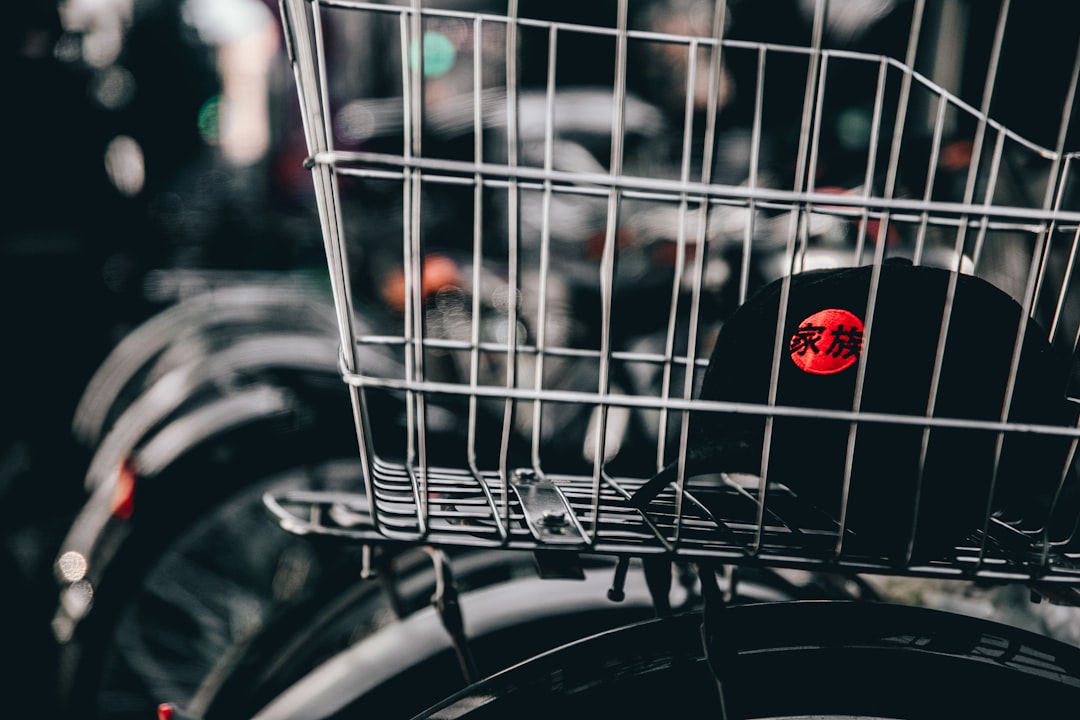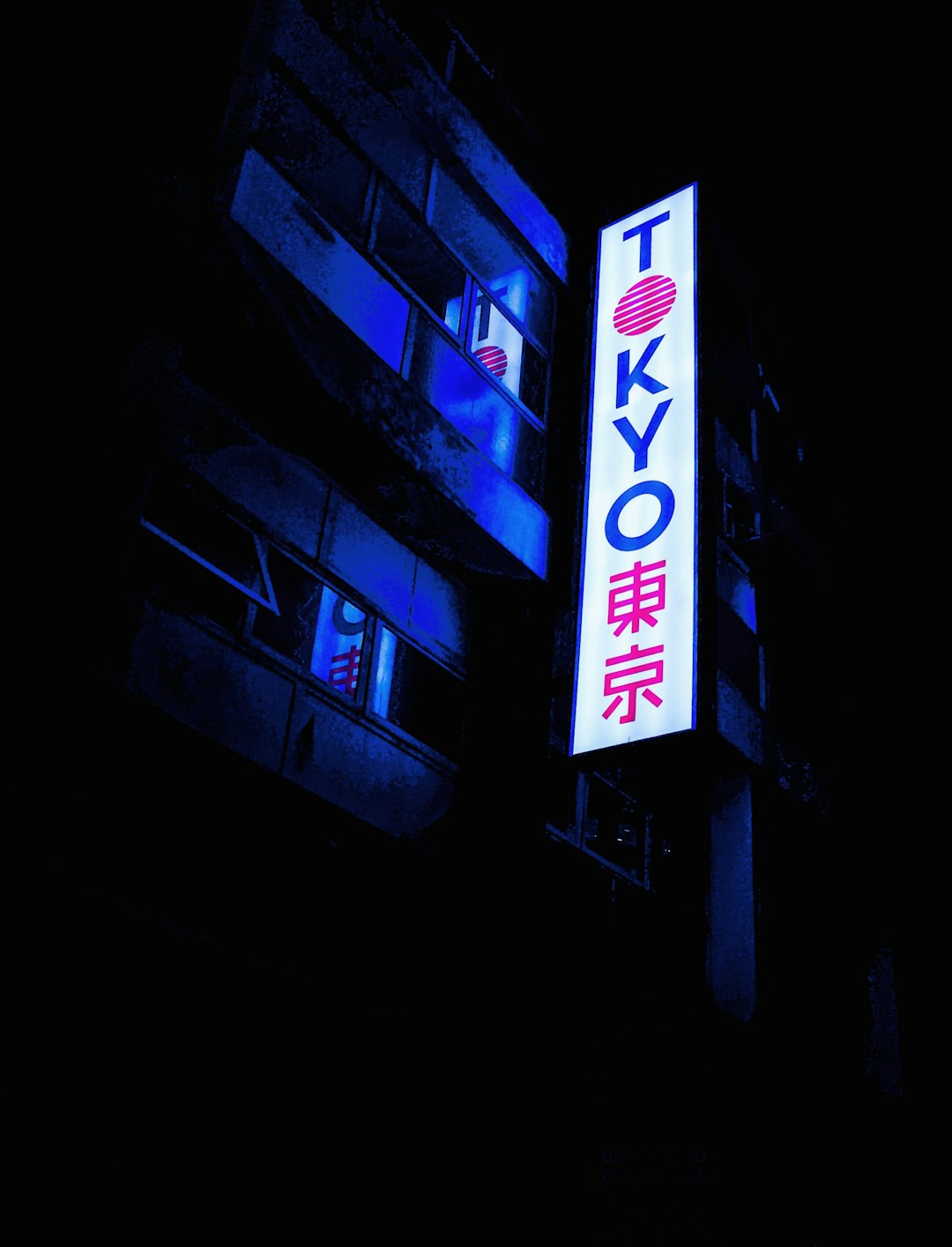
In recent months, the rise of ecommerce within the TikTok platform has created both exciting opportunities and complex challenges for online sellers. TikTok Shop, which integrates product listings directly into user feeds and influencer content, has surged in popularity. However, a wave of new policy updates, account suspensions, and content restrictions has stirred backlash from sellers and sparked questions about transparency and fairness within the platform.
TLDR: TikTok Shop has become a popular way for sellers to reach a broad, engaged audience. But recent shifts in policy enforcement and seller account suspensions have raised concerns. Sellers are urged to stay informed about listing guidelines, product authenticity rules, and communication practices with buyers. Understand the risks before investing time and money into TikTok’s marketplace.
The Rise and Reach of TikTok Shop
Since its debut, TikTok Shop has been heralded as a game-changing opportunity for ecommerce entrepreneurs. By merging social content with product discovery and checkout functionality, TikTok has created a fast-moving, impulse-driven retail environment that favors creators and small businesses alike. Consumers can now browse, click, and purchase all without leaving the app—often influenced by trending videos and viral product demos.
While the platform has drawn comparisons to Amazon and Shopify, its community-driven environment makes it unique. Sellers benefit not just from traditional search techniques, but also from exposure through influencer collaborations, user-generated content, and the app’s powerful recommendation algorithm.

What once felt like a free-for-all marketplace is now maturing quickly—and facing growing pains in the process.
Recent Policy Changes Rock the Seller Community
In early 2024, TikTok implemented more aggressive policy enforcement concerning fake products, dropshipping transparency, and prohibited items. The company stated these efforts were to ensure buyer satisfaction and protect the reputation of the marketplace. However, many sellers found their shops unexpectedly suspended, their listings removed, or even worse, their entire catalogs deleted with minimal explanation.
Among the chief complaints heard from affected sellers:
- Sudden account suspensions without notice
- Automated removal of products that seemingly comply with guidelines
- Lack of clear communication or opportunity to appeal decisions
- Confusion around authenticity verification requirements
For example, cosmetics and skincare sellers reported being removed from the platform under accusations of “counterfeit products,” even when presenting supplier verification. Others in the apparel niche complained of ambiguous rules around product photos and incomplete descriptions that triggered content violations.
Caught Between Fast-Growth and Quality Control
The underlying tension lies in TikTok’s goal of scaling its ecommerce while maintaining a positive buyer experience. With a growing number of seller accounts, some of which engage in dubious practices, the company is now deeply focused on enforcing strict compliance policies. Unfortunately, in the process, many legitimate sellers have found themselves swept up in the crackdown.

To safeguard buyers, TikTok Shop has adopted automated tools that scan content, product descriptions, and even usernames for red flags. This, while efficient, sometimes leads to inaccurate flagged content or deactivation. The appeals process, sellers claim, is slow and understaffed, leaving entrepreneurs frustrated and unable to run their businesses.
What Sellers Need to Know Moving Forward
To prevent unpleasant surprises, sellers operating (or planning to operate) on TikTok Shop must stay proactive, informed, and prepared to adapt. Here’s what every seller should do in today’s shifting TikTok ecosystem:
1. Stay Updated with TikTok’s Seller Policies
TikTok frequently updates its Seller Policy Portal. Sellers should subscribe to updates or set monthly reminders to review any changes, especially around:
- Prohibited items and categories
- Product authenticity requirements
- Shipping time and tracking mandates
- Returns and disputes policies
2. Avoid High-Risk Product Categories
Some categories are more likely to come under scrutiny. These include:
- Health and beauty items
- Supplements or ingestibles
- Branded merchandise (especially without direct partnership documents)
- Electronics with embedded firmware or software
If you’re in one of these categories, it’s essential to have documented supplier chains and product authenticity documentation available on short notice.
3. Keep Listings Accurate and Transparent
This means using real photos, clear product titles, consistent branding, and honest descriptions. TikTok uses AI tools to detect manipulative strategies such as keyword stuffing, exaggerated claims, or unrealistic promise statements.
4. Diversify Your Sales Channels
As tempting as TikTok Shop may be, it’s risky to rely solely on one platform for revenue. Sellers should build up:
- A branded online store using Shopify or WooCommerce
- Integration with other marketplaces like Amazon, Etsy, or eBay
- Email and SMS lists for direct customer engagement
This reduces dependence and ensures business continuity in case of suspension or platform issues.
Is TikTok Shop Still Worth It?
Despite the recent drama, TikTok Shop still holds incredible potential. It remains one of the few channels where virality can instantly translate into visible revenue. But this power comes with strings attached. Sellers who play by the rules, maintain excellent customer service, and keep documentation well-organized can thrive.
Sellers just entering the platform should consider beta testing a few products, maintaining lean inventory until trust and algorithm traction build. Veteran sellers, on the other hand, should audit their existing catalogs and double-check compliance across the board.
Final Thoughts
Policy changes and crackdowns are common growing pains in any emerging marketplace. The key for sellers is not just reacting to issues—it’s preparing for them. TikTok Shop rewards those who treat their ecommerce operations as serious businesses, not just side hustles. Transparency, documentation, and ongoing education are vital success factors moving forward.
Frequently Asked Questions (FAQ)
- Q: Why was my TikTok Shop account suddenly suspended?
A: Common reasons include suspected counterfeit products, missing documentation, prohibited item listings, and irregular activity. TikTok often uses automated systems, so even minor infractions may trigger suspensions. - Q: How can I appeal a product removal or suspension?
A: Go to the Seller Center and submit a support ticket under “Account” or “Product Issue.” Attach all relevant documents, such as supplier invoices, trademark permissions, or screenshots to support your appeal. - Q: Which product categories are safest to sell on TikTok Shop?
A: Generally safer categories include home accessories, fashion without branding, novelty items, stationery, and digital lifestyle tools. Avoid health, fitness, and wellness categories unless you have the proper licenses. - Q: Can I list the same product across multiple platforms?
A: Yes, and it’s encouraged. Using TikTok as a lead generation engine while maintaining your own store and other marketplaces reduces risk and boosts brand credibility. - Q: How often does TikTok update its seller policies?
A: Usually monthly or quarterly. You can track updates in the Seller Center or subscribe to TikTok Shop’s official policy newsletter.






